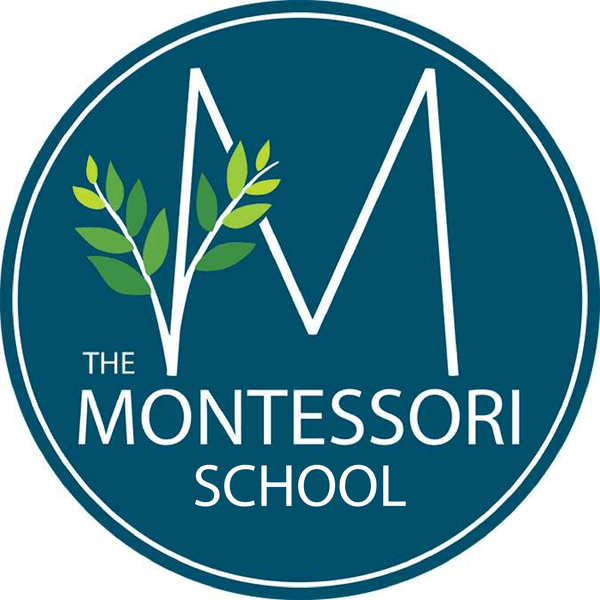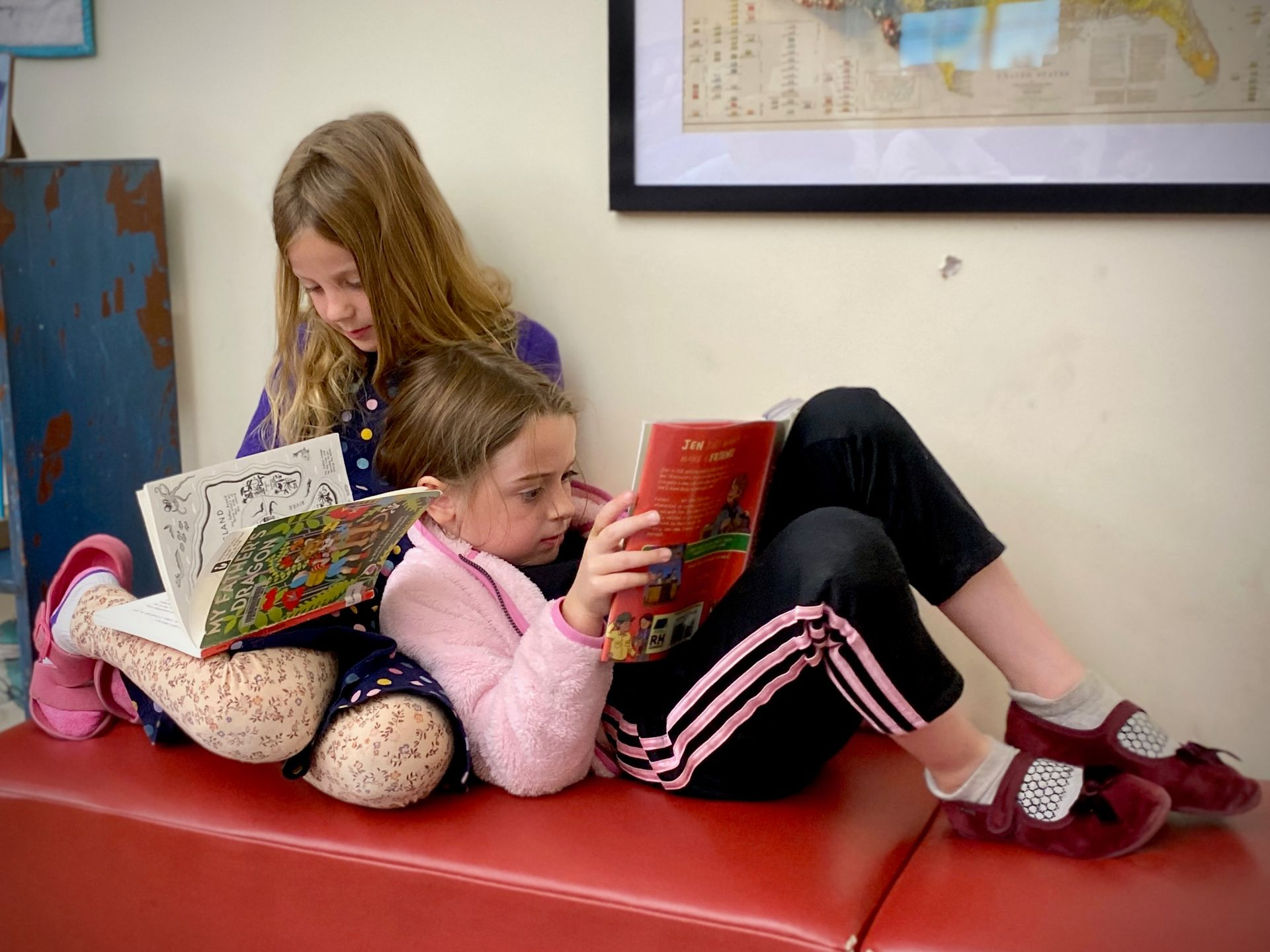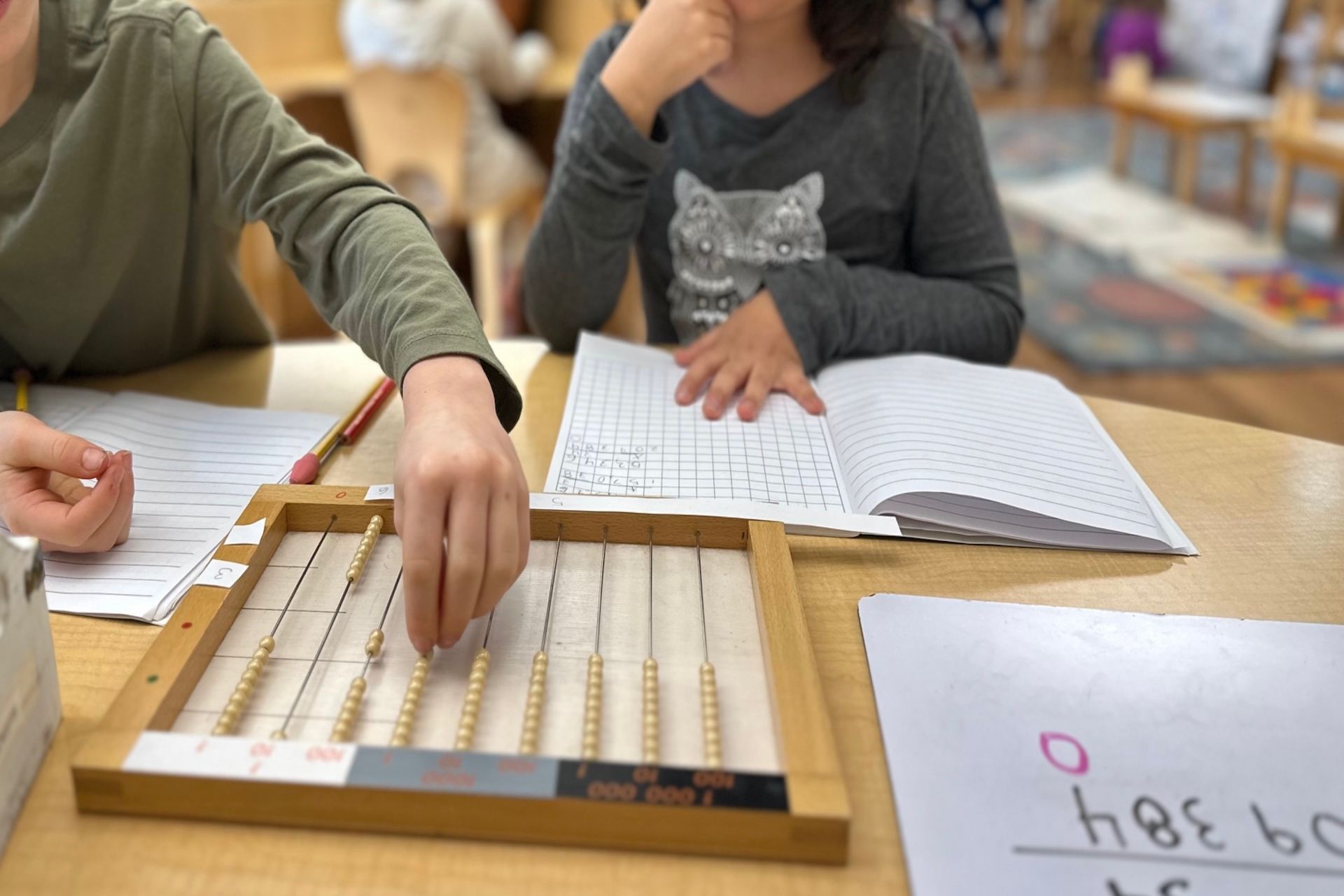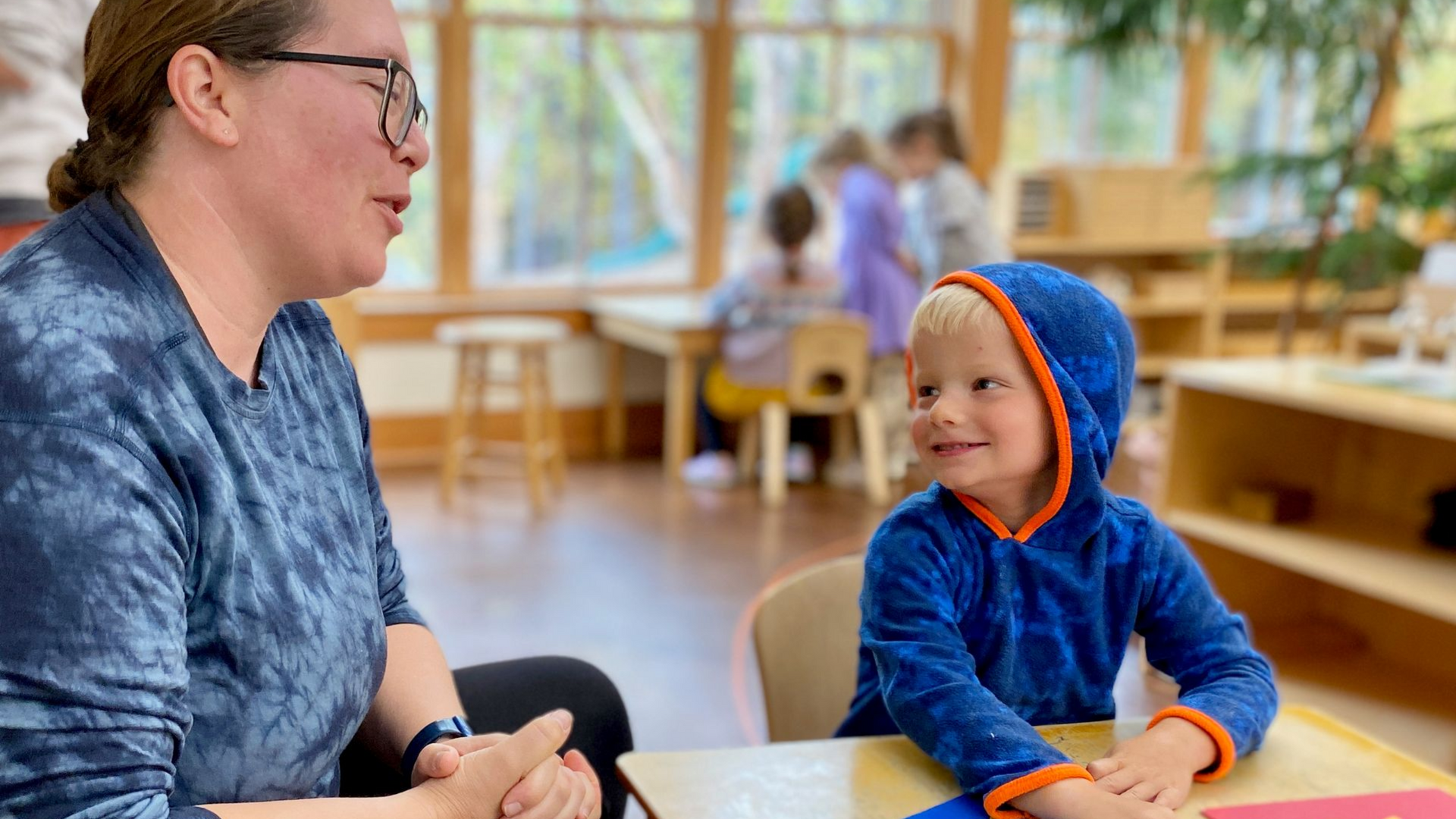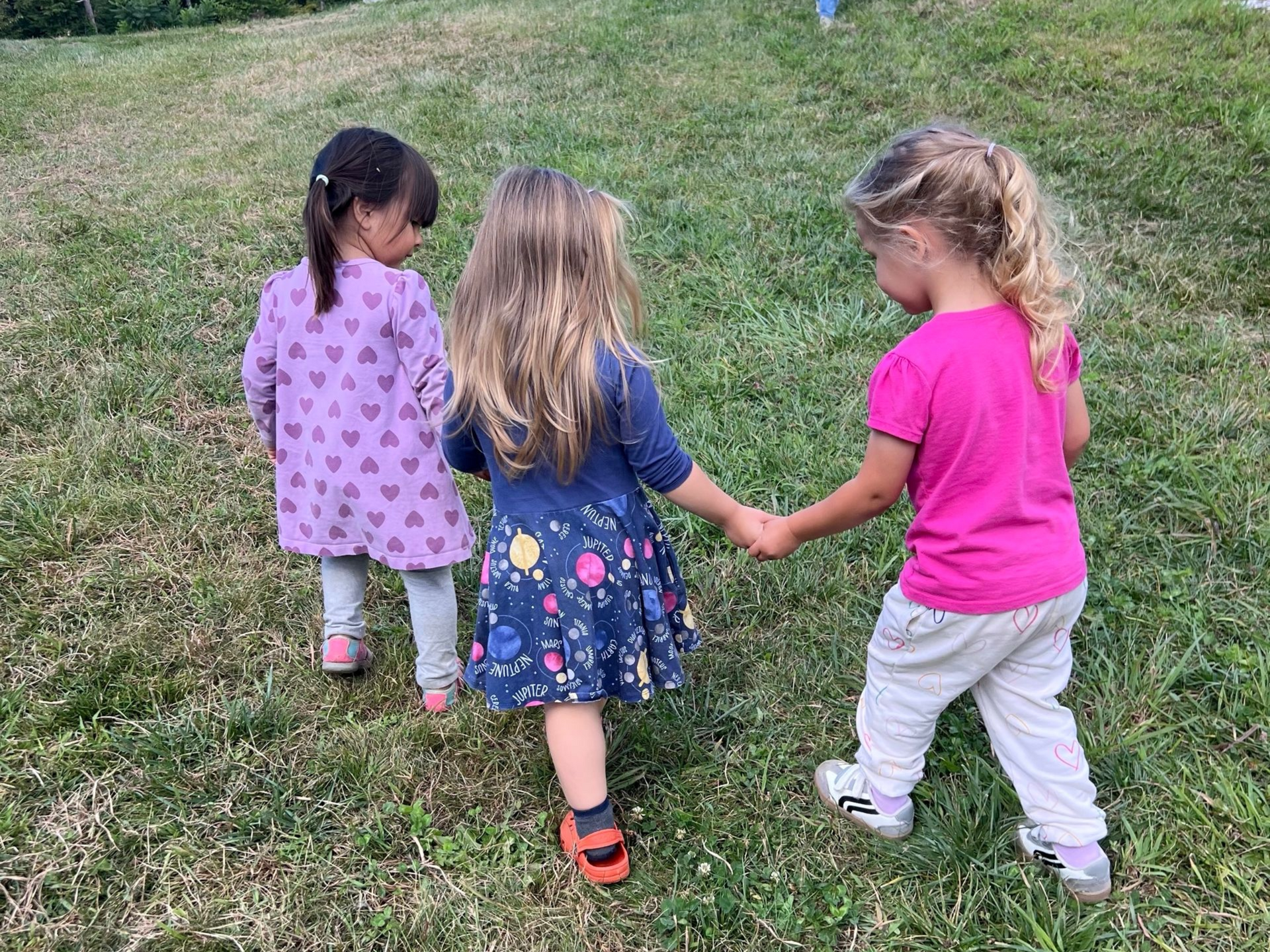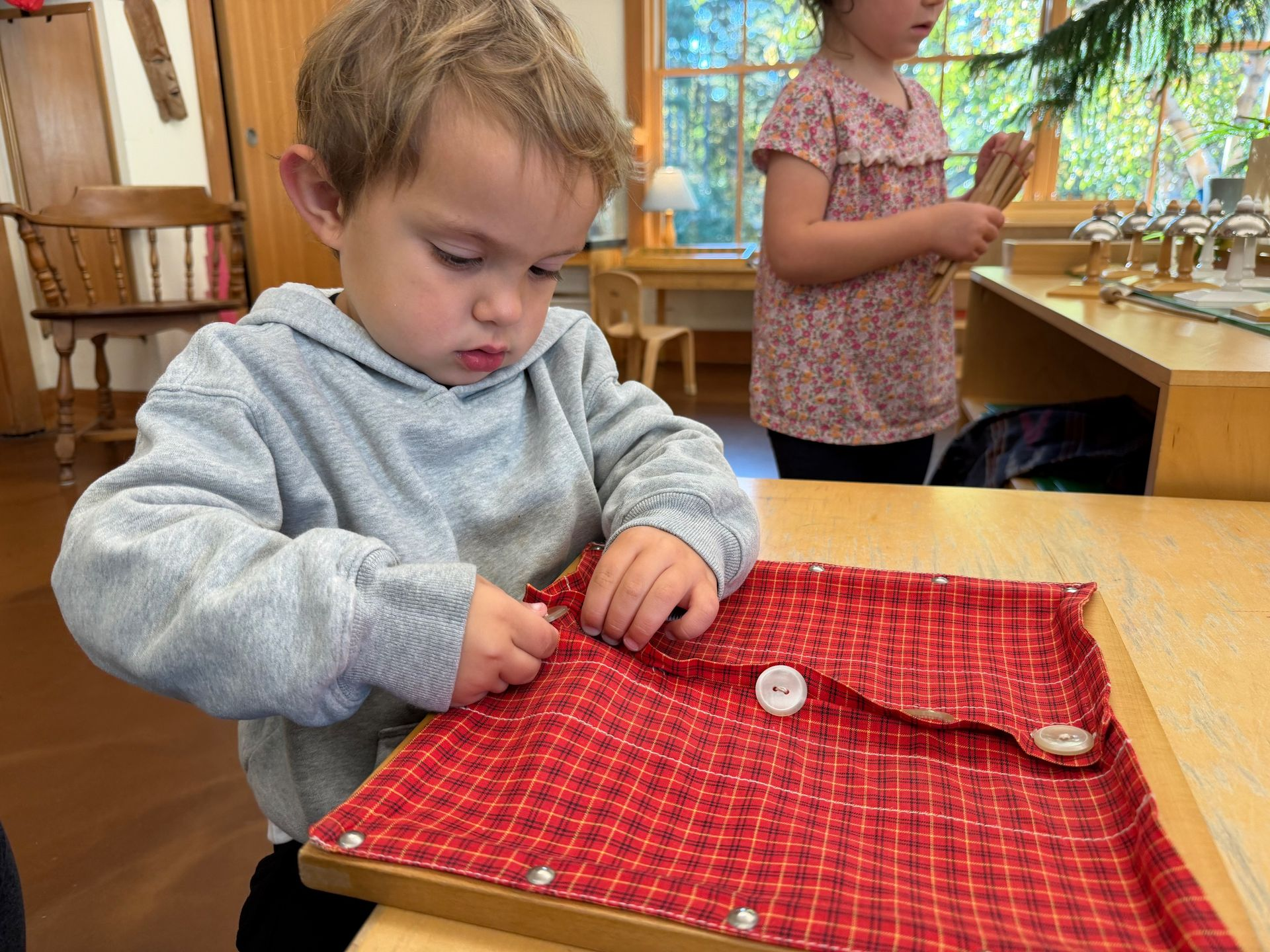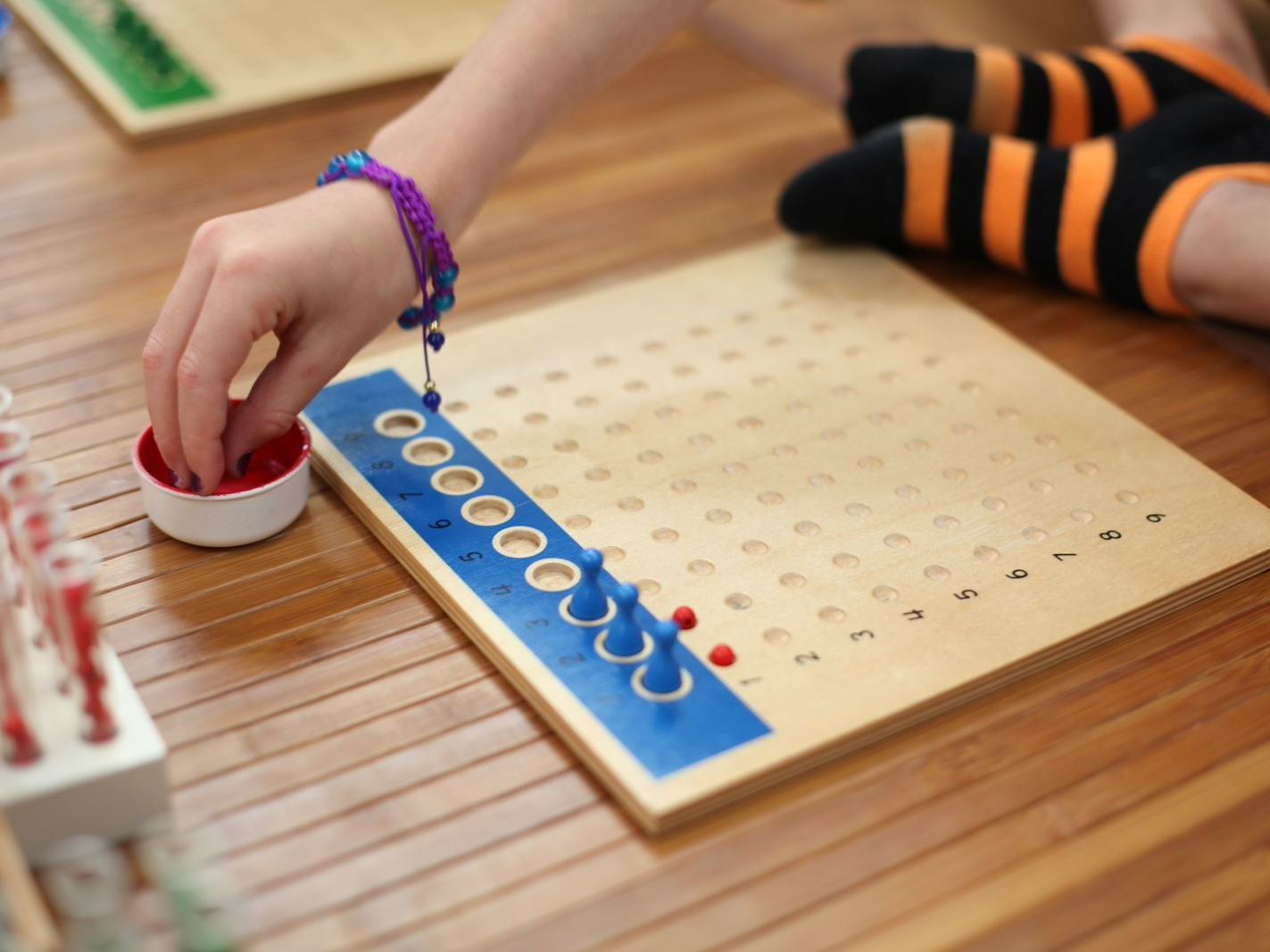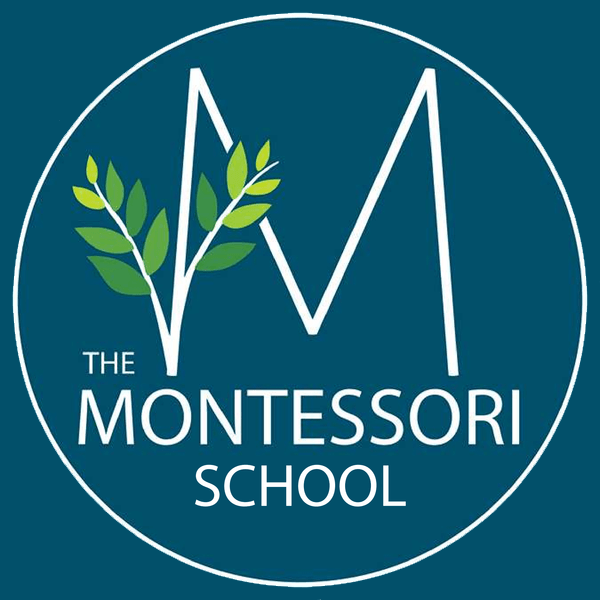5 Things Montessori Parents DON’T Need to Do
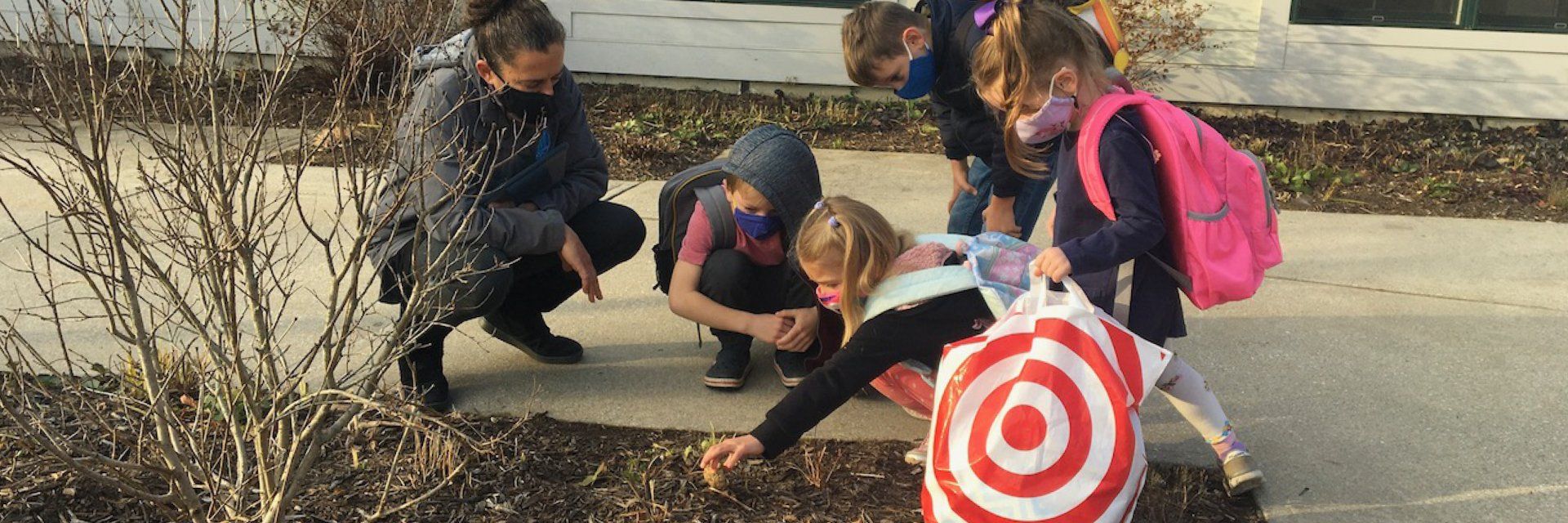
Parenting. It’s one of the most incredible journeys available to the human experience. But in recent decades, it’s become a little bit more stressful. Between our evolving culture and the constant availability of information via the internet, parents are bombarded with suggestions, studies, and opinions about what we must do in the best interest of our child.
Of course, we all know there isn’t just one perfect way of parenting. We all need to find our own way and the best way for our child. We know that it’s impossible to take all the advice, but it can still feel pretty overwhelming.
This article? It’s the complete opposite.
We want to let you know that it doesn’t all fall on us as parents. There are plenty of things it’s totally fine (and actually a great idea) to let go, or at least let fade in importance a bit. So, without further ado, here are five things Montessori parents do not need to do:
Purchase Montessori materials
We love the enthusiasm. It’s so beautiful when new-to-Montessori families want to go all-in and create a mini classroom at home. We love the thought behind it! We do think Montessori can translate into the home environment. Just not with the classic materials.
Montessori materials should not be used in the home without a properly trained Montessori guide. There are two main reasons for this. First, these materials were created to be used in a specific sequence and in very specific ways. There are special ways to present the materials, and teachers learn all of this when they attend Montessori training courses.
The second reason is that there are so many other more enriching ways Montessori can be applied in the home! We encourage parents to learn about the philosophy and find ways it naturally fits into your everyday life. There’s no need to spend lots of money on fancy wooden learning materials. Let the materials remain in the classroom environment and allow the basic ideas of Montessori to trickle into the home and reverberate into the rest of your child’s life.
Focus on academics
Let us be totally clear: we are in no way saying that academics don’t matter. Quite the opposite! We know they matter.
In a high-fidelity Montessori school, the curriculum and methods support a very rigorous academic program. Children will be mastering advanced skills at younger-than-average ages. You will likely be astounded by what you see your own child learning.
It’s just that we don’t think that should be the only focus of school.
We are confident that our students will have appropriate and enriching academic opportunities, and they will also be held to appropriate expectations. We also know that learning is very much an individual process. It’s not linear. There will be plateaus. There will definitely be unexpected twists and turns.
We trust that the child will arrive at the destination when they are supposed to. We also know that along the way we have many other important tasks: to support their social and emotional growth, to expose them to creative and artistic pursuits, to ensure sufficient time spent in nature, and to understand what it means to be a peaceful member of a community.
Hesitate to communicate
Throughout your child’s academic career, you will have lots of questions. That’s great! Regardless of what’s on your mind, we want parents in our community to always feel comfortable talking to us.
Teachers are busy people, but they are completely dedicated to the wellbeing of their students. So when they see an email, note, or voicemail from a parent, rest assured that they’re eager to get back to you.
We believe that education is a three-way partnership between the child, parents, and guides. Communication is the key to everything running smoothly.
So the next time you’re unsure about whether or not to reach out, please do! We are here to help.
Compare children
This is such an easy trap to fall into! Parents love to talk about their children, and we often find ourselves chatting with other parents. This inevitably leads us to notice what other people’s children are up to, and our minds can sometimes (naturally) compare that to what our own child is doing.
We all know this already, but it’s worth the reminder. Don’t compare your child to others! Child development varies widely.
That child that started reading earlier than all the others? That doesn’t mean they’ll turn out to be a better reader than anyone else.
Your son is still wetting the bed at night but your daughter stopped years before? It’s completely normal.
Your child’s best friend is advancing quickly in math, while yours is frustrated at not being able to do the same work yet? Use this as an opportunity to explore the beauty of differences between people.
If we follow the child, we allow them to become the incredible, unique individual they are meant to become and on their own timetable.
Homework!
One big perk in Montessori schools? There’s no homework!
Rather than spending hours struggling through Common Core standards-based worksheets each night, you can play a board game together. Or go for a walk around your neighborhood. Or encourage your child to explore their own interests.
Our students work so hard throughout the regular school day, we see no need to continue that work in the evening at home. If adults are supposed to seek out a healthy work/life balance, shouldn’t it be the same for children?
Reading together each night? A great idea and a way to bond. Working together on a long-term project? Yes! It’s fun, educational, and stress-free. Beyond that, we encourage you to embrace the benefits of your child not having any homework.
Are there any items on this list you think might be difficult to let go of? Are there any more we should add? Let us know what you think.



